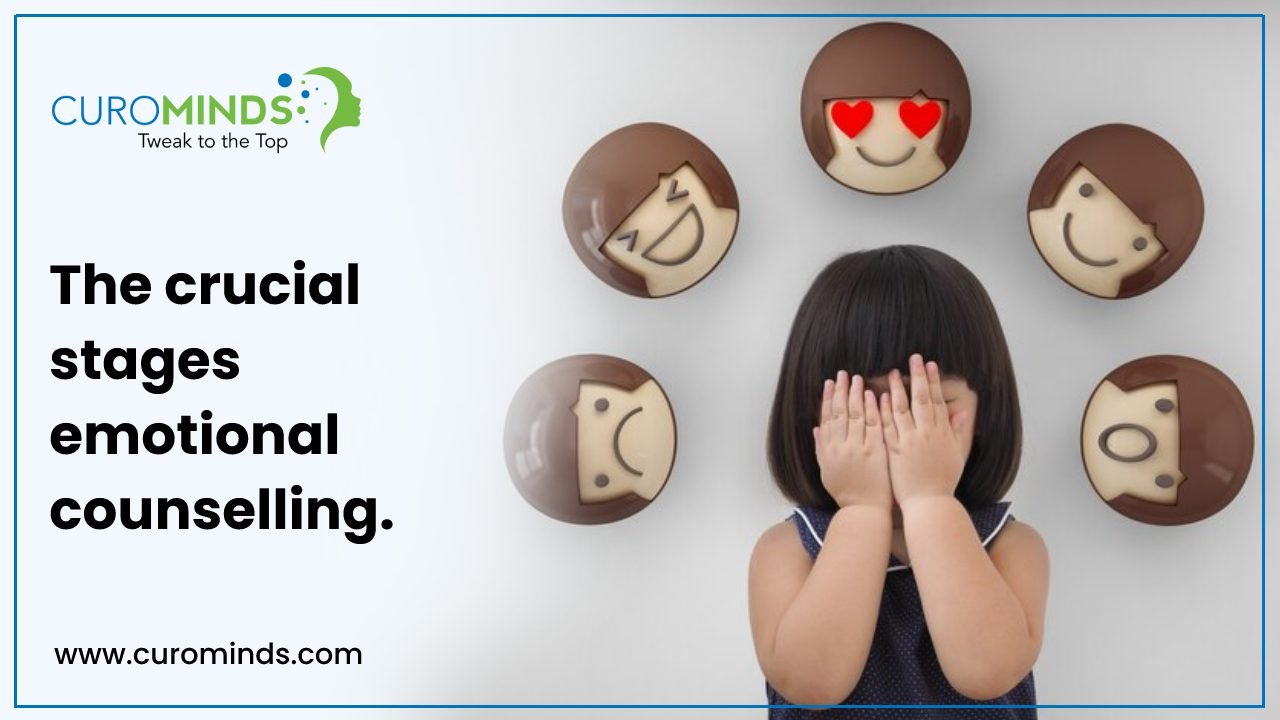Our Expertise


It is a well-known fact that Counselling is the concept which has existed for a long time. People have gone through multifarious stages to seek experience in order to understand themselves, offered counsel to their selves and others to become aware of opportunities, threats, strengths and weaknesses.
But there always has been a big difference between a professional counsellor and a person who uses some counselling skills to guide someone may it be their friends, family etc. A professional counsellor is a highly trained person who applies different types of counselling approaches to help their clients.
Focusing on Emotional Counselling which a branch of different types of Counselling process, it is:
The main stages of emotional counselling:
Stage 1: Relationship Building: The first session is very important as it lays the foundation of trust and confidentiality. Both the client and the emotional counsellor observe each other in order to set an ambience to find answers to these questions “Is the counsellor able to empathize with the client?” “Is the client considering the counsellor genuine?”
Stage 2: Problem Assessment: After establishing trust enveloped relationship, the second process is identification and assessment of the main problem or the root cause of the issue. It involves collection and classification of the information provided by the client which may include family history, status of relationships with everyone, life’s situations etc.
Stage 3: Goal Setting: After the process of problem identification and seeing things from different perspectives, comes the conscious commitment of goal setting or deciding a course of action from where the client can start afresh. These goals aren’t advised by the emotional counsellor but the client themselves as during the process of problem identification, client comes to know about the root cause and decides to take some actions by themselves to uproot the emotional challenges. Of course, emotional counsellor will be available to guide them and examine the results of the action taken.
Stage 4: Emotional Counselling Intervention: In this stage, the process of emotional counselling varies as per the counselling approach of the counsellor. For example, if the emotional counsellor finds behavioral therapy effective for the client the they will be designing activities that can bring positive changes in the behavior of the client but on the other hand, the counsellor may come up with a person-centered approach which engages the client’s self-actualizing tendency.
Stage 5: Evaluation, Termination and Referral: Drawing counseling to a close must be planned well in advance to ensure a positive conclusion is reached while avoiding anger, sadness, or anxiety. Part of the process is to reach an early agreement on how the therapy will end and what success looks like. This may lead to a referral if required.